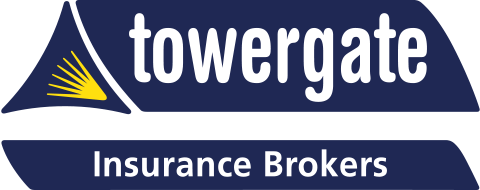With the Chartered Institute of Loss Adjusters (CILA) & Financial Conduct Authority (FCA) warning of an alarming degree of underinsurance in this area, it’s vital that you are confident in both the levels of Business Interruption cover you have and in the indemnity period chosen (the maximum period over which a claim is paid) to give your business the best chance of continuing at pre-loss trading levels.
The Gross Profit figure that sits within ‘the accounts’ page is often on a different basis to the insurance definition of the same term, and also wouldn’t take into consideration growth potential over the full indemnity period (for example) which could lead to significant underinsurance. If a claim payment is delayed or even rejected because of underinsurance, the business’s survival is brought into question.
The indemnity period should not only cover the period it takes to rebuild a damaged building or replace stock, but should also take into consideration the time it takes to reach the same trading levels that existed prior to the loss. For example, the seasonality of the business, the planning permission for any rebuilding , together with the time taken to win back customers should be carefully considered when determining the level of indemnity period required.
Towergate Insurance Brokers can help you through this process and has a number of calculation tools to assist in this process.
By completing our True or False question sets it will not only help you understand your own knowledge on this subject but will give you a risk scoring based on the answers you give.
Could this be you?
Below are a couple of case studies which help bring to life the issue of buildings underinsurance and how being underinsured can affect your business.

Assessing the interruption risk
A broker asked BIBA’s valuation provider to help value a boutique hotel. It was a listed building set on an island in a trout fishing lake. To assess the correct rebuilding cost and reinstatement time, the valuers had to think outside the usual considerations. They looked at the cost of potentially having to drain the lake to access the ground source heating pump buried beneath, and the need to add in the cost of hiring a materials ferry to enable reinstatement of the building, with the sole access being via an iron footbridge.

Supply chain failure leads to loss of business
The manufacturer of an essential specialist machinery suffers a major fire and goes into administration. As a result, its business customers find it very challenging to find compatible spare parts to make repairs or replace worn-out components, and ultimately some of their machinery becomes unusable. While either trying to source the parts or acquiring new machinery, they’re unable to produce to their usual capacity and fulfil orders. In this situation, having a Suppliers’ Extension to their Business Interruption policy may provide cover for losses arising directly from the suppliers’ fire.

Focus on underinsurance and adequate business interruption insurance.
DOWNLOAD THE BROCHUREDon’t light a fuse under your business by being underinsured.
CHECK YOURBUILDINGS COVER CHECK YOUR PUBLIC AND
EMPLOYERS LIABILITY COVER
